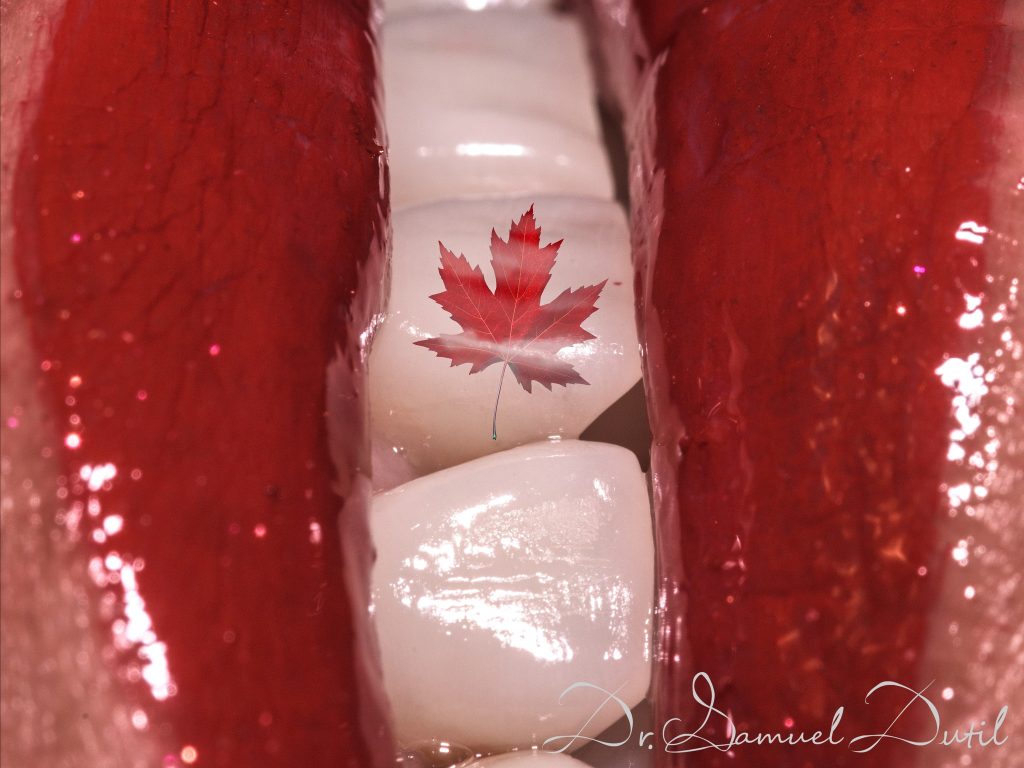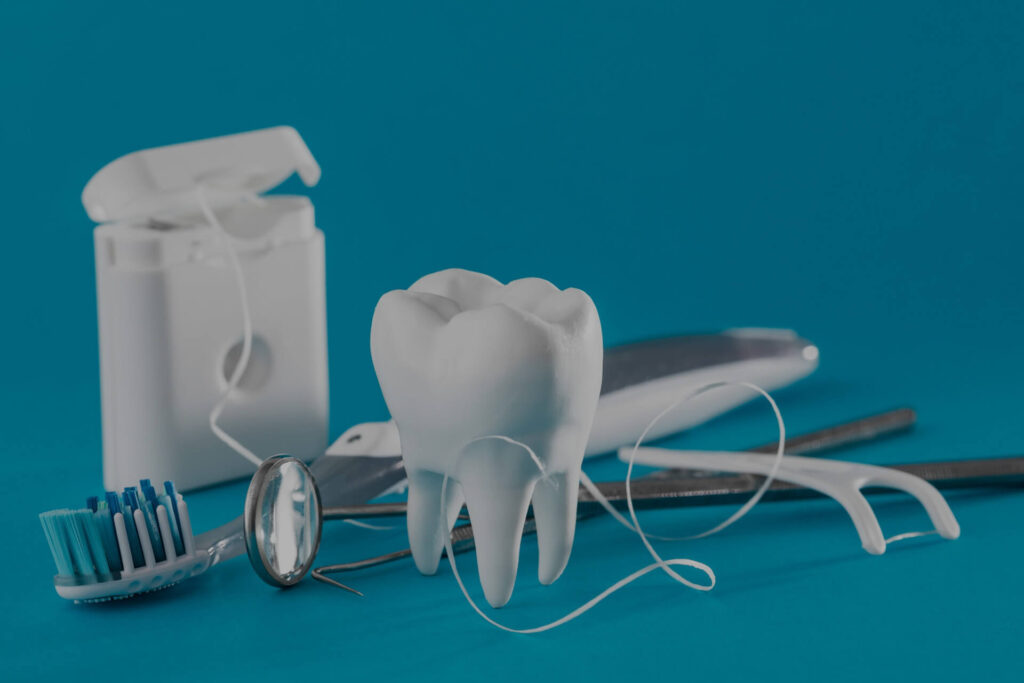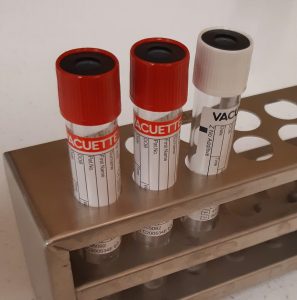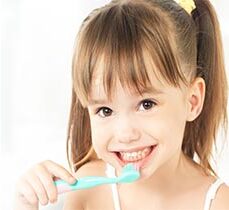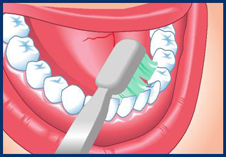Now Accepting CDCP in Downtown Edmonton
You can now use your Canadian Dental Care Plan (CDCP)
Come have your dental care needs looked after with the help of CDCP. When you visit our dentists at Academy Dental in Downtown Edmonton.

Call 780-423-1869 and contact us!
The Canadian Dental Care Plan (CDCP) is here to make dental care more affordable for eligible Canadian residents.
Where to Start ?
- No Dental Insurance:
This includes employer-sponsored plans, privately purchased plans, and even health spending accounts offered by employers.
- Income:
An adjusted family net income below $90,000 is required. Those with incomes below $70,000 will not have co-payments.
- Residency and Tax Filing:
You must be a Canadian resident for tax purposes and have filed a tax return in the previous year.
- Age:
Applications opened in phases based on age groups: seniors 65 and over, children under 18, and those with a valid Disability Tax Credit certificate, followed by all remaining eligible Canadians aged 18 to 64 in May 2025.
- Disability:
Individuals with a valid Disability Tax Credit certificate are eligible and can apply online starting in June 2024, according to the Canadian government.
- Pension:Pension benefits or family member’s pension benefits generally disqualify individuals, unless they opted out of pension benefits before December 11, 2023, and can’t opt back in.
- Applications for the CDCP open in phases.
- Eligible individuals can apply online through Service Canada.
- The CDCP helps cover some of the costs of various oral health care services.
- It provides assistance for services like dental check-ups, cleanings, and treatments.
We Can Help!
Once you have been approved for the Canadian Federal Dental Coverage CDCP,
You can now contact us and our receptionist will help you scheduling your appointment in a prompt manner!

Until when is it available?
Yes! The Canadian Federal Dental coverage is still active in Alberta. You may have heard the news that the province of Alberta may retract from it in 2016. In the meantime, you can take advantage of the coverage if you are approved before it is too late.
In June 2024, Alberta Premier Danielle Smith stated that Alberta would pull out of the federal government’s dental care plan by 2026. But, until negotiations are complete between the federal government and the Province, Albertans can continue to access the provincial low-income dental programs and qualify for the CDCP.
How much are you covered?
Keep in mind that the CDCP will reimburse a portion of the cost, but it may not cover the full amount. Your adjusted family net income determines the coverage percentage. In addition, our professional fees may differ from the fee guide used by the federal program. On average, the Alberta fee guide may be about 15% than the one issued by the federal government for the CDCP.
At the moment, the Canadian Dental Care Plan (CDCP) provides coverage for a wide range of oral health care services. Here are some examples of what could be covered when recommended by an oral health provider:
-
Diagnostic and preventive services:
- Routine examinations
- Cleanings
- Fluoride treatments
- Sealants
-
Restorative care:
Other procedure such as: Root canals, Crowns, Complete and partial dentures may need to wait for approval.
Now Accepting CDCP in Downtown Edmonton Read More »

